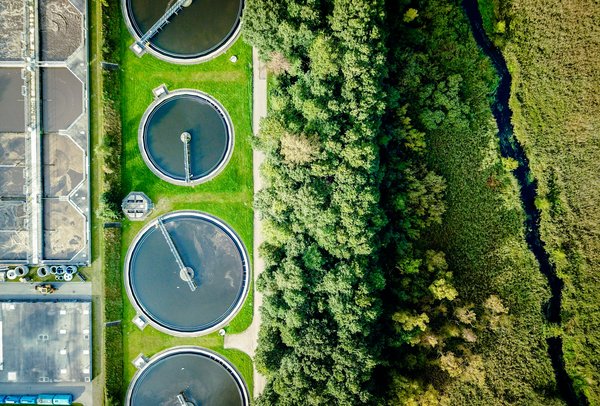Water and the environment are key fields for many of our researchers who study wastewater treatment, urban water management, and groundwater remediation. Others are pursuing research on fish genomics and biodiversity, the health of marine and land ecosystems, and the impact of climate change on these ecosystems.
Explore research on water and the environment
The faces of research on water and the environment
Biodiversity
Humans alter and threaten the integrity, diversity, and health of marine species by harvesting resources, altering habitats, and facilitating the invasion of certain ecosystems by non-native species. Climate change influences the geographical distribution of species and can result in the extinction of native species to the benefit of non-native species.
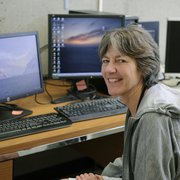
Connie Lovejoy, professeure titulaire, Department of Biology
Member of Québec-Océan, ArcticNet and the Centre for Northern Studies
Professor Lovejoy specializes in the smallest forms of life in Arctic waters, exploring the richness and complexity of microbial biodiversity. Her research primarily focuses on planktonic microorganisms found in the Arctic Ocean and in High Arctic lakes. These microorganisms contribute to biological carbon stocks and play a role in biogeochemical fluctuations in organic matter. She was recently involved in the discovery of a cluster of microorganisms at the bottom of Ward Hunt Lake, which was thought to be devoid of life.
Conservation biology
Many wildlife and aquatic species are threatened by hunting and harvesting and by habitat degradation, loss and fragmentation due to deforestation, urbanization, agriculture, aquaculture, mining, and climate change. For this reason, biology researchers are working to closely monitor the dynamics of specific populations, reintroduce species, and remediate damaged environments.
Ecology of marine organisms
UL scientists are studying the evolutionary ecology of macroalgae, invertebrates, fish, and marine mammals that play a key role in marine communities and food networks in order to understand how human activity and climate change affect resource availability, biodiversity, and marine ecosystem function and health.
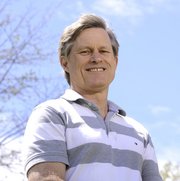
Ladd Johnson, professeur titulaire, Department of Biology
Member of Québec-Océan
Professor Johnson studies the ecology of algae and the herbivores that graze on it in costal ecosystems. His research on The intertidal zone is the part of a coastline located between the high and low tide lines. and The sublittoral zone is the part of the coastline that is submerged during spring tides. ecosystems allows him to measure the stress experienced by animals and plants at low tide and understand how different levels of stress affect seaweed beds and the resilience of small kelp beds. His research also focuses on the expansion and dispersal of non-native marine species and their impact on the ecosystems in which they live.
I’m fascinated by biodiversity. It inspires me to investigate the interplay between evolutionary and genomic processes that cause a species to form two reproductively distinct species.
Clément Rougeux, PhD graduate in biology supervised by Professor Louis Bernatchez
Graduate studies
Make the leap to graduate studies
Explore our fields of study
Water management
The public has increasingly high expectations with regard to the taste, colour, smell, and safety of drinking water and to recreational water quality. At the same time, the quality of many water bodies used as municipal reservoirs is deteriorating as a result of urban sprawl, intensive agriculture, and sewage overflow.
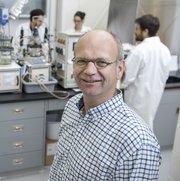
Peter Vanrolleghem, professeur titulaire, Department of Civil and Water Engineering
Canada Research Chair on Water Quality Modelling (ModelEAU) and director of CentreEau, Québec Water Research Centre
Professor Vanrolleghem specializes in mathematical models that help us understand and predict the operation of wastewater treatment systems and ensure data reliability. He seeks to optimize wastewater systems and the quality of receiving waters by improving water control and monitoring using new water quality prediction tools. He heads up the pilot water treatment plant in the Adrien Pouliot building.
Hydrogeology
Groundwater overuse and contamination threaten the supply of drinking water for ten million Canadians. Groundwater, which is often time-consuming and costly to decontaminate, must be properly managed and protected to safeguard public health. This can be achieved by better predicting the flow of groundwater and contaminants. Researchers are also trying to develop new technologies that help make groundwater remediation cheaper and more effective.
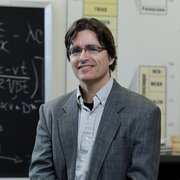
John W. Molson, professeur titulaire, Department of Geology and Geological Engineering
Canada Research Chair in Quantitative Hydrogeology of Fractured Porous Media
Professor Molson specializes in mathematical models that reproduce the laws of physics governing groundwater flow in fractured hydrogeological systems. These models are used to evaluate new technologies for remediating contaminated groundwater and to predict the risk of pollution by new contaminants. In short, his work involves developing effective strategies for groundwater protection, management, and remediation that can be employed in temperate and extremely cold environments.
Ocean response to climate change
Natural and human-induced gas emissions, contaminants, and aerosols affect the atmosphere and ultimately the oceans, which have already been significantly impacted by global warming, depletion, and gas exchange. A number of scientists are hard at work in the North to understand the impacts of these changes on water, biodiversity, the movement and spatial distribution of ocean organisms, the productivity of harvestable marine species, and the flow of matter and energy in Arctic ecosystems.
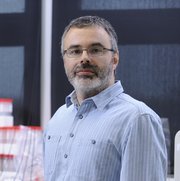
Jean-Éric Tremblay, professeur titulaire, Department of Biology
Scientific director of Québec-Océan, Québec’s interinstitutional group on oceanographic research
Professor Tremblay studies free-floating marine organisms called phytoplankton and their behaviour in relation to melting sea ice in Canada’s Far North. He is investigating whether increased light penetration in the Arctic Ocean facilitates phytoplankton blooms and the role of phytoplankton in the carbon cycle. He also investigates the impact of global warming on Arctic fishing grounds.
In the lab we try to understand the behaviour of large mammals, including herbivores such as caribou, white-tailed deer, and moose, and predators like bears and wolves.
Steeve D. Côté, professor, Department of Biology
